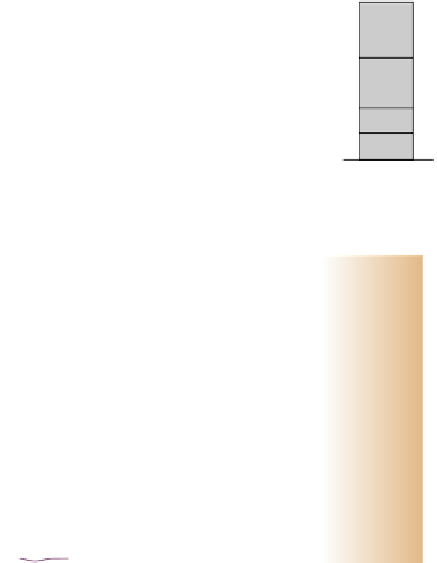Biology Reference
In-Depth Information
(a)
Biosensor technology ranks fourth in the area of pathogen detection
Transduction methods
used in biosensors
PCR
Colony count
ELISA
Biosensors
Electrophoresis
820
35%
Optical
750
280
32%
Electrochemical
170
140
16%
16%
Piezoelectric
Other
Other
450
(b)
Biosensors is the fastest growing technology for pathogen detection
120
Forecast
PCR
100
80
Culture methods
Biosensors
60
40
20
ELISA
Gel electrophoresis
0
1985
1990
1995
2005
2010
2000
Figure 7.2
(a) Approximate number of articles using different techniques to detect
and/or identify pathogenic bacteria. Articles using more than one technique have been
excluded in order to avoid overlap between categories. (b) Time series of the number
of works published on detection of pathogen bacteria over the past 20 years. The fact
that certain articles used more than one technique has been accounted for to make this
graph. Source:
ISI Web of Science. ca. 2500 articles found on pathogen detection over the
last 20 years
;
Figure 1 from Ref.
2
. Reproduced with permission.
(For color version of this
igure, the reader is referred to the online version of this topic.)
continuous (monitoring) mode. The next sections of the chapter will focus
on reviewing the types of biosensors applied to the different types of water-
borne pathogens. The final section of the chapter will discuss the advantages
and disadvantages of using biosensors for waterborne pathogens.
Biosensor research and development is an enormous field, as evidenced
by the large and growing number of related research publications. Many
















Search WWH ::

Custom Search